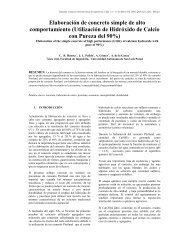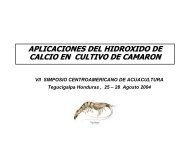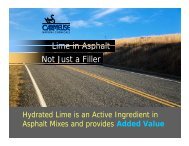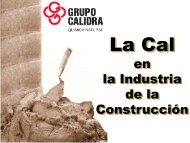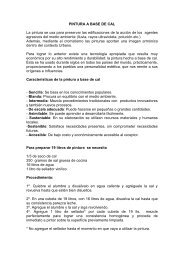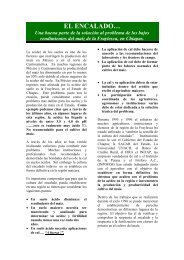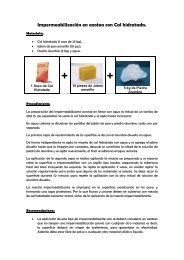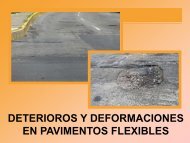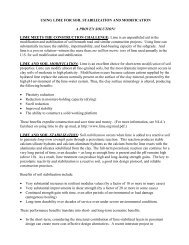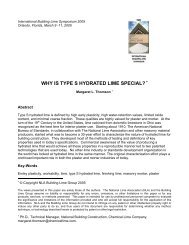Land Contamination: Technical Guidance on Special Sites: Acid Tar ...
Land Contamination: Technical Guidance on Special Sites: Acid Tar ...
Land Contamination: Technical Guidance on Special Sites: Acid Tar ...
Create successful ePaper yourself
Turn your PDF publications into a flip-book with our unique Google optimized e-Paper software.
4. SITE CHARACTERISATIONKEY QUESTIONS ANSWERED IN THIS SECTION1. Which informati<strong>on</strong> sources should be used for the desk study?2. How should the investigati<strong>on</strong> be approached?3. What are the main differences from a c<strong>on</strong>venti<strong>on</strong>al c<strong>on</strong>taminated land investigati<strong>on</strong>?4. Are special sampling and sample handling procedures required?5. What should be analysed for, when and how?4.1 ScopeThis secti<strong>on</strong> provides informati<strong>on</strong> <strong>on</strong> the specific approach that should be followed whenc<strong>on</strong>ducting desk studies and site investigati<strong>on</strong>s <strong>on</strong> land associated with acid tar lago<strong>on</strong>s. Theoverall procedures involved in characterising c<strong>on</strong>taminati<strong>on</strong> <strong>on</strong> such sites have many aspectswhich are comm<strong>on</strong> to other types of c<strong>on</strong>taminated land site. C<strong>on</strong>sequently any such genericguidance is explicitly excluded from the scope of this secti<strong>on</strong> which relates solely to theparticular issues which are exclusive to acid tar lago<strong>on</strong>s.4.2 Desk Study4.2.1 Key issues<strong>Acid</strong> tar lago<strong>on</strong>s often show surface expressi<strong>on</strong> as a result of tars breaking through the groundsurface – the classic blackened ground without vegetati<strong>on</strong>. This will be less apparent if thesite has been hard-surfaced or recently re-surfaced with gravel for example. A walk-oversurvey may allow the presence of tar to be identified and for an approximate area to beinferred. The ground surface is likely to be flat with surface expressi<strong>on</strong> related to thepresence of overburden <strong>on</strong>ly.It may also be possible to infer the extent of depositi<strong>on</strong> from studying topography <strong>on</strong> oldhistorical maps or aerial photographs, for example, by looking for former voids near acid tarproducers that have been infilled.4.2.2 Operati<strong>on</strong>al time periodsIt may be possible to infer the likely size of an acid tar lago<strong>on</strong> from knowledge of theproducti<strong>on</strong> history of the refining site (see Secti<strong>on</strong> 2). For example, as a ‘rule of thumb’, thequantity of acid tars produced at a benzole refinery site is 10 per cent of the corresp<strong>on</strong>dingcrude benzole producti<strong>on</strong> <strong>on</strong> a weight-for-weight basis. Secti<strong>on</strong> 2 also gives probable averagequantities of tars for each type of refining process.R&D <str<strong>on</strong>g>Technical</str<strong>on</strong>g> Report P5-042/TR/04 20



